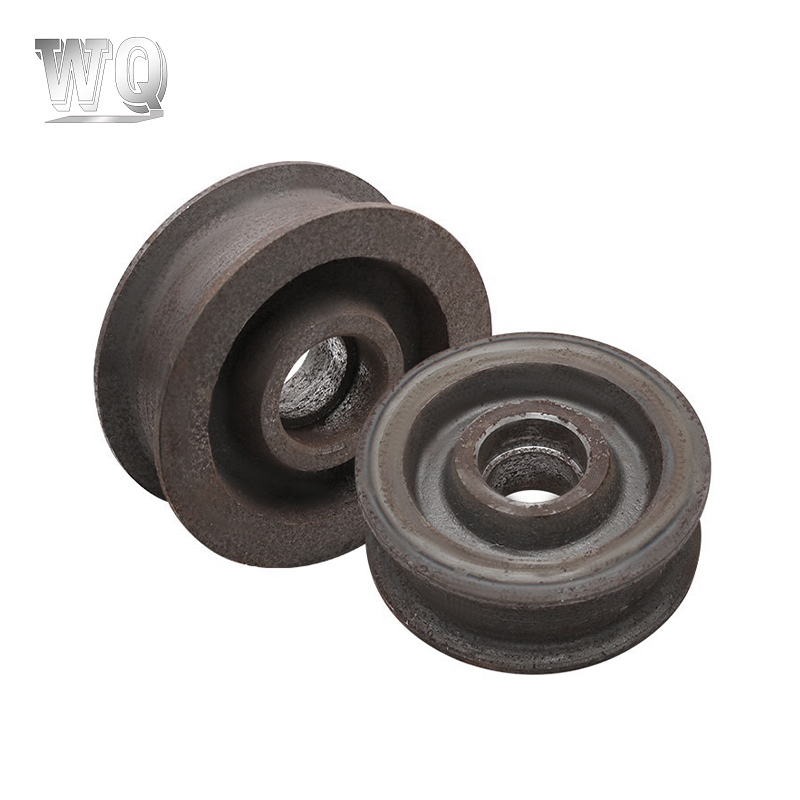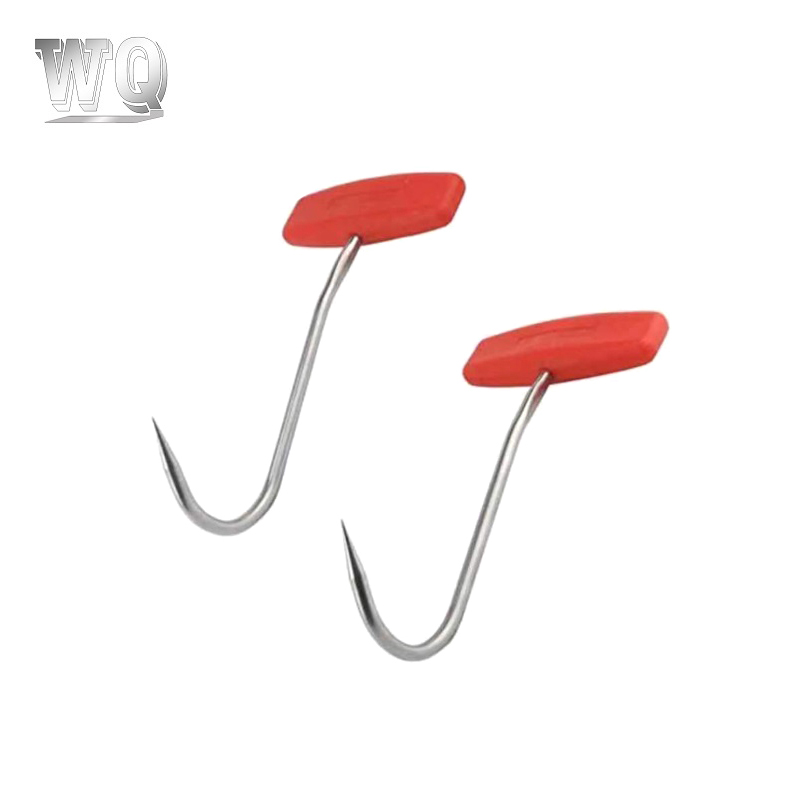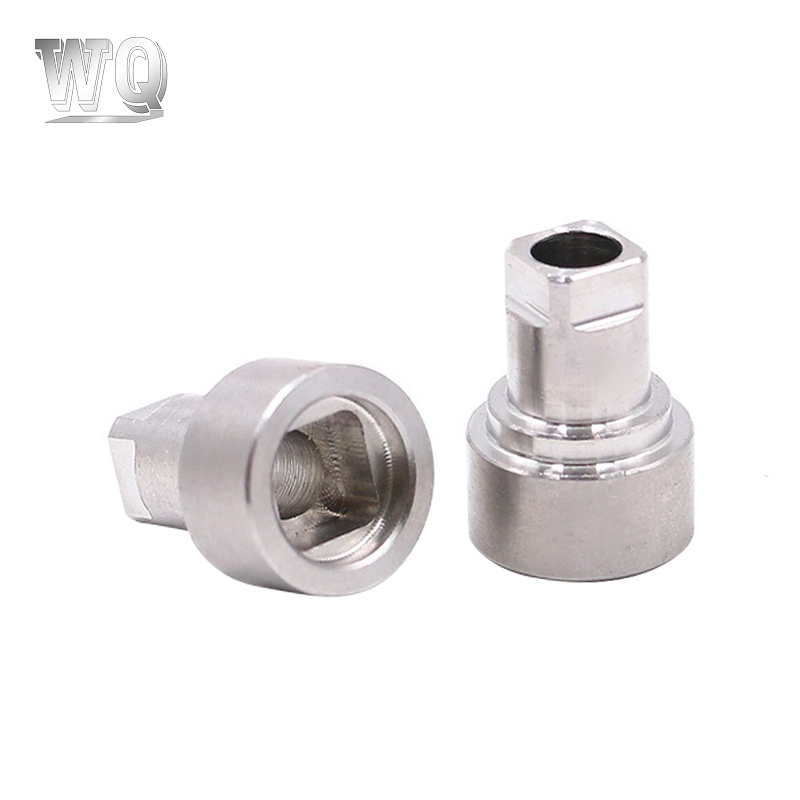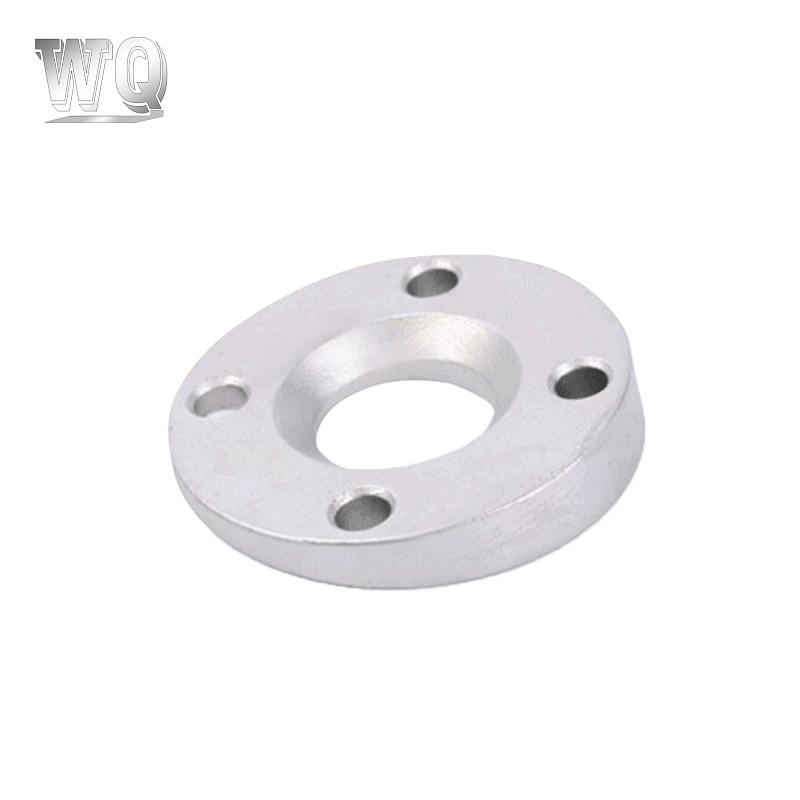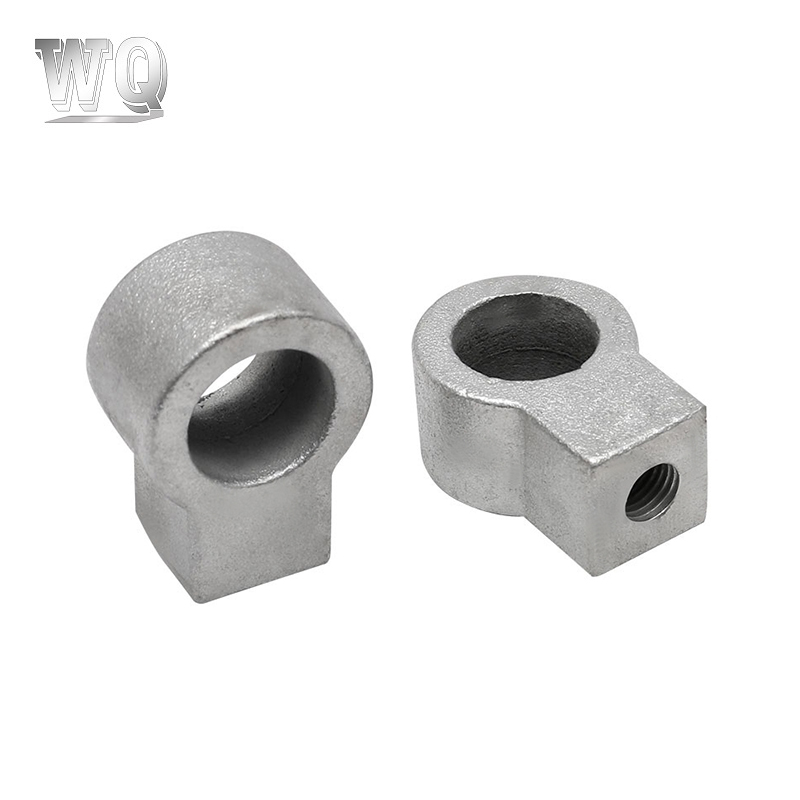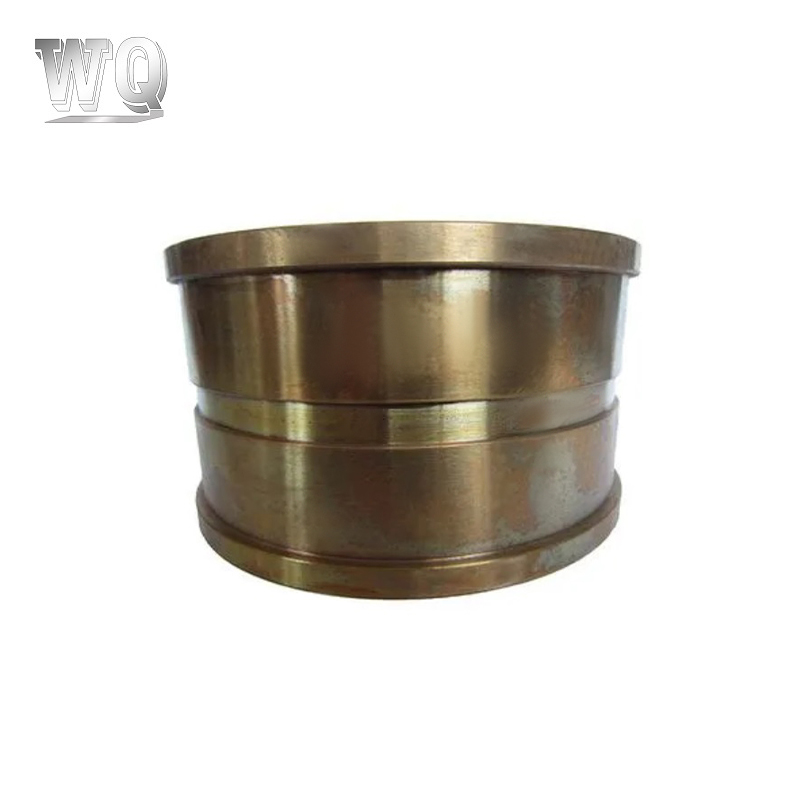Aluminum investment casting, also known as precision casting or lost-wax casting, is a manufacturing process widely used for producing complex and high-precision aluminum parts. One of the key advantages of this process is the excellent surface quality it can achieve, which makes it suitable for aerospace, automotive, electronics, and industrial applications. Understanding the surface quality of aluminum investment casting is essential for engineers, designers, and buyers when selecting this method for their components.
1. Definition of Surface Quality in Casting
Surface quality refers to the smoothness, finish, and uniformity of the external surface of a casting. High surface quality reduces the need for secondary machining, improves aesthetic appeal, and enhances functional performance. In aluminum investment casting, surface quality is affected by factors such as mold material, metal flow, cooling rate, and post-casting treatment.
2. Typical Surface Finish
Aluminum investment casting typically produces a fine surface finish, which is superior to that of sand casting or die casting in many cases. Key characteristics include:
- Smooth texture: The process can produce surfaces with Ra (roughness average) values ranging from 1.6 μm to 3.2 μm in as-cast condition. This is smooth enough for many applications without additional polishing.
- Uniform appearance: Because the wax pattern defines the shape before casting, surfaces are consistent and free from the coarse grain marks often seen in sand-cast parts.
- Detail fidelity: Complex features, fine ribs, small holes, and intricate designs can be reproduced with minimal surface defects.
Some manufacturers may achieve even smoother finishes (Ra ~0.8–1.2 μm) with optimized molds and casting parameters.
3. Factors Affecting Surface Quality
-
Wax Pattern Quality: High-quality wax patterns result in smoother surfaces. Any imperfections in the wax, such as scratches or air bubbles, may transfer to the final casting.
-
Ceramic Mold Coating: The ceramic shell used in investment casting determines the surface finish. Multiple thin coatings produce a smoother surface than fewer thick layers.
-
Metal Pouring Temperature: Proper aluminum pouring temperature ensures uniform metal flow. Too hot may cause turbulence, creating minor surface defects, while too cold may lead to poor filling and rough texture.
-
Alloy Composition: Different aluminum alloys can influence surface finish due to variations in fluidity and solidification behavior. High-fluidity alloys like AlSi10Mg often produce smoother surfaces than less fluid alternatives.
-
Post-Casting Treatment: Sandblasting, chemical etching, or vibratory finishing can further enhance the surface finish and remove minor imperfections.
4. Comparison with Other Casting Methods
Compared to other casting methods, aluminum investment casting offers notable advantages in surface quality:
- Sand Casting: Surface roughness is generally Ra 6–12 μm, requiring extensive machining for smoothness.
- Die Casting: Can achieve smooth surfaces (Ra 2–4 μm), but is limited for complex shapes and thin walls.
- Investment Casting: Balances high surface finish with the ability to produce intricate geometries that would be difficult or impossible with sand or die casting.
This makes investment casting ideal for parts where both precision and surface aesthetics are important.
5. Applications Requiring High Surface Quality
- Aerospace Components: Engine parts, brackets, and housings benefit from smooth surfaces to reduce stress concentrations and improve airflow.
- Automotive Parts: Aluminum intake manifolds, housings, and turbocharger components require excellent surface finish for efficiency and performance.
- Consumer Electronics: Enclosures and heat sinks often use investment casting for smooth, high-quality surfaces that reduce post-processing costs.
- Industrial Machinery: Precision gears, valves, and pump components require surfaces with low roughness for proper sealing and lubrication.
In these applications, excellent surface quality reduces secondary machining costs and improves overall part performance.
6. Surface Quality Standards
Aluminum investment casting surfaces are often evaluated according to industry standards:
- Ra (Roughness Average): Typical as-cast surfaces range from 1.6 μm to 3.2 μm.
- Visual Inspection: Surfaces are checked for uniformity, absence of cracks, blowholes, or inclusions.
- Dimensional Accuracy: High surface quality contributes to tight tolerances, typically ±0.1–0.3 mm depending on casting size.
Meeting these standards ensures the casting is suitable for both functional and aesthetic purposes.
Conclusion
The surface quality of aluminum investment casting is one of its primary advantages over other casting methods. With smooth, uniform surfaces, high detail fidelity, and low roughness, it reduces the need for secondary machining and supports complex geometries. Factors such as wax pattern quality, ceramic mold coating, metal pouring temperature, and alloy selection all influence the final surface finish.
Applications in aerospace, automotive, electronics, and industrial machinery benefit greatly from the excellent surface quality of aluminum investment castings. When properly executed, the process delivers parts that are not only functional but visually appealing, cost-effective, and highly precise.





